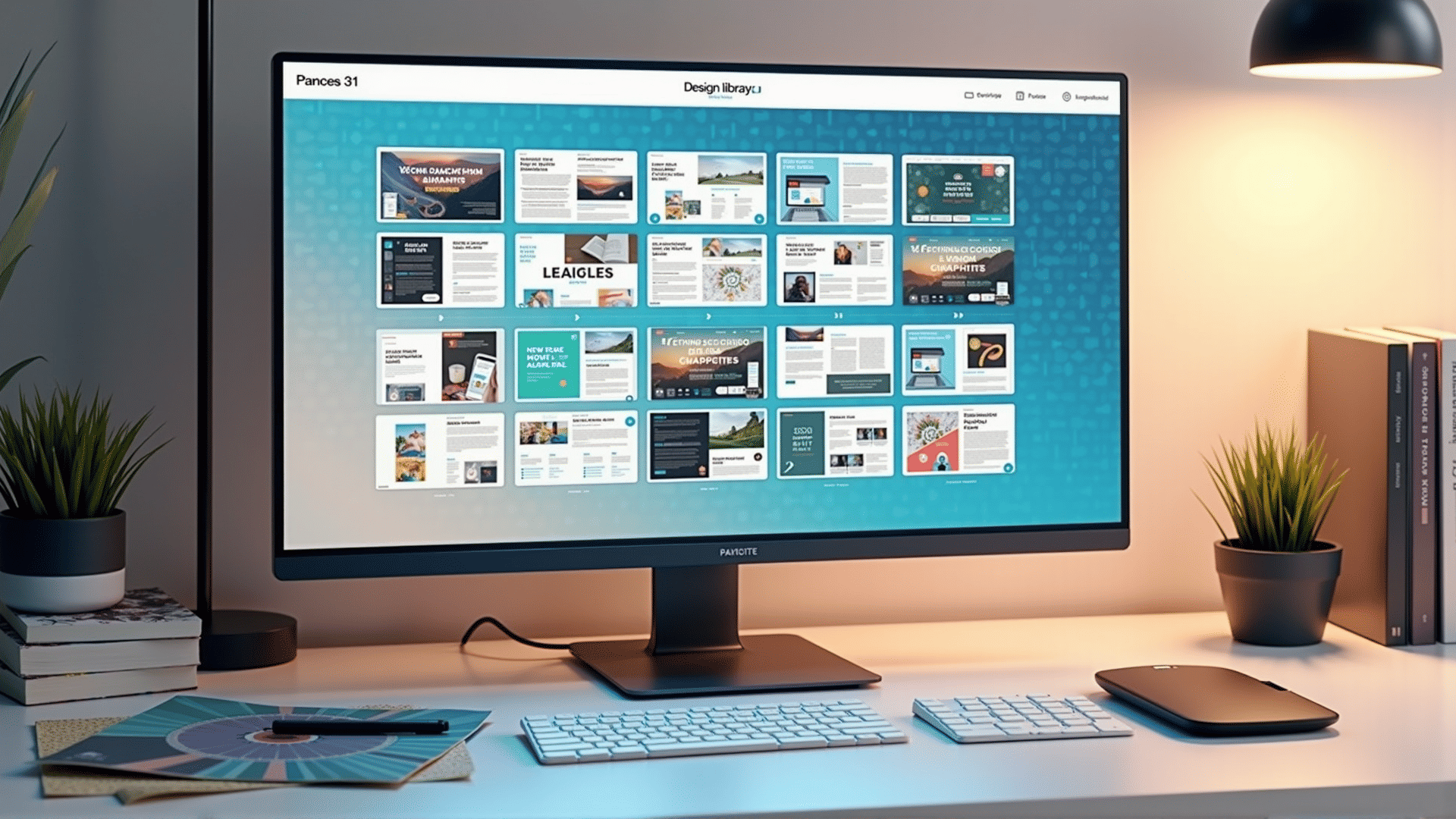In the ever-evolving world of design, the ability to rapidly adapt and create compelling visuals is crucial for success. Whether you’re a seasoned professional or a budding designer, the demand for high-quality, diverse, and time-efficient design tools remains constant. This is where an extensive template library becomes an invaluable resource, offering a treasure trove of creative possibilities to elevate your design projects.
Imagine having access to a diverse array of templates spanning across different styles, themes, and purposes. From corporate presentations to whimsical invitations, an extensive template library provides designers with the building blocks necessary to jumpstart their creative process. Such libraries streamline the initiation phase of design projects, allowing creatives to transform ideas into polished presentations swiftly and effortlessly.
One of the primary advantages of using a template library is the vast selection of styles available at your fingertips. Whether you’re designing for a minimalist tech start-up, a vibrant fashion brand, or an elegant wedding, there’s likely a template that matches the unique aesthetic you aim to convey. This diversity in design encourages experimentation and enables designers to push their creative boundaries without starting from scratch each time.
Moreover, template libraries serve as educational tools for novice designers. By exploring pre-set examples crafted by seasoned professionals, beginners can learn about layout arrangements, color schemes, typography, and how these elements work cohesively to communicate a message effectively. Templates often include well-thought-out visual hierarchies and design principles that can teach users about balance, emphasis, and cohesion—key concepts that are part of an essential design vocabulary.
Efficiency is another significant benefit. In fast-paced industries where deadlines are ubiquitous, time is a precious commodity. Instead of agonizing over every element placed on a canvas, designers can modify existing templates to suit their needs, vastly reducing project turnaround times. This capability enables them to allocate more time towards refining and perfecting their core ideas, enhancing overall workflow productivity.
While templates offer structure, they also allow room for customization, ensuring that the end result remains unique and tailored to specific client needs. Designers can adjust colors, fonts, imagery, and content to personalize a template, thus adding a bespoke touch that adequately represents a brand’s identity or a project’s vision. This flexibility bridges the gap between creativity and efficiency, giving designers the best of both worlds.
Furthermore, an expansive template library is not only limited to graphic design. It extends to various creative fields, including web design, marketing collateral, video animations, and even 3D modeling. Having a comprehensive repository of ready-to-utilize assets across multiple disciplines empowers professionals and enthusiasts alike to tackle diverse projects without the need to amass specific templates from disparate sources.
In conclusion, an extensive template library is an indispensable asset within the design community. It fosters creativity, supports learning, enhances efficiency, and provides unmatched versatility across various styles and purposes. Embracing this resource can transform the way designers approach their craft, enabling them to deliver outstanding results with greater speed and confidence. As the landscape of design continues to evolve, the importance of having such a vast reservoir of inspiration and practicality cannot be overstated.
